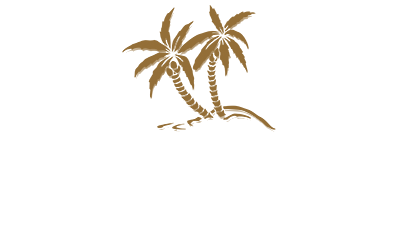Kahului is the largest town on the Hawaiian island of Maui and is located along the north shore of central Maui. Kahului hosts Maui’s main airport, Kahului Airport, deep-draft harbor, light industrial areas, and commercial shopping centers. It is a census-designated place (CDP) within Maui County, Hawai’i with a total population (as of the 2000 Census) of 20,146 persons.
Kahului is the retail center for Maui residents and there are several malls and major stores (including department stores in the Kaahumanu Center); other significant groupings of stores are in Lahaina and the Happy Valley area of Wailuku. Retailing changed greatly with the arrival of big-box retailers from the U.S. Mainland who squeezed out many of the traditional (often family-owned) firms. Recent arrivals have included Wal-Mart and Home Depot. Whilst the newcomers do offer a wider product range and lower prices, many Maui locals view with sadness the demise of long-established stores such as Suda’s in North Kihei and O’oka’s in Wailuku.
Kahului is not generally considered a tourist destination, but does feature the Alexander and Baldwin Sugar Museum, Kanaha Pond State Wildlife Sanctuary, Kanaha Beach County Park, and the Maui Arts and Cultural Center. The War Memorial Stadium is home to the Hula Bowl, considered the premier launching pad for National Football League careers.
Kahului is located at 20°52’54” North, 156°28’3″ West (20.881756, -156.467446)1.
According to the United States Census Bureau, the CDP has a total area of 42.3 km² (16.3 mi²). 39.3 km² (15.2 mi²) of it is land and 3.0 km² (1.2 mi²) of it is water. The total area is 7.16% water.
Kahului is directly adjacent to Wailuku located on the west side of town.
As of the 2000 Census, there were 20,146 people, 5,880 households, and 4,421 families residing in the CDP. The population density was 513.1/km² (1,328.7/mi²). There were 6,079 housing units at an average density of 154.8/km² (400.9/mi²). The racial makeup of the CDP was 10.06% White, 0.24% Black or African American, 0.27% Native American, 53.62% Asian, 9.91% Pacific Islander, 1.47% from other races, and 24.42% from two or more races. 8.75% of the population were Hispanic or Latino of any race.
There are 5,880 households out of which 34.9% had children under the age of 18 living with them, 51.9% were married couples living together, 16.6% had a female householder with no husband present, and 24.8% are non-families. 20.3% of all households were made up of individuals and 11.9% had someone living alone who was 65 years of age or older. The average household size was 3.29 and the average family size is 3.76.
In the CDP the population was spread out with 25.8% under the age of 18, 9.2% from 18 to 24, 27.6% from 25 to 44, 20.7% from 45 to 64, and 16.7% who were 65 years of age or older. The median age was 36 years. For every 100 females there were 97.3 males. For every 100 females age 18 and over, there were 95.8 males.
The median income for a household in the CDP was $46,656, and the median income for a family was $52,610. Males had a median income of $30,659 versus $26,282 for females. The per capita income for the CDP was $18,049. 11.8% of the population and 9.7% of families were below the poverty line. Out of the total population, 14.8% of those under the age of 18 and 11.6% of those 65 and older were living below the poverty line.
Retrieved from http://en.wikipedia.org/wiki/Kaanapali%2C_Hawaii
From Wikipedia, the free encyclopedia.
Copyright (C) 2000,2001,2002 Free Software Foundation, Inc.59 Temple Place, Suite 330, Boston, MA 02111-1307 USA
Everyone is permitted to copy and distribute verbatim copies of this license document, but changing it is not allowed.
